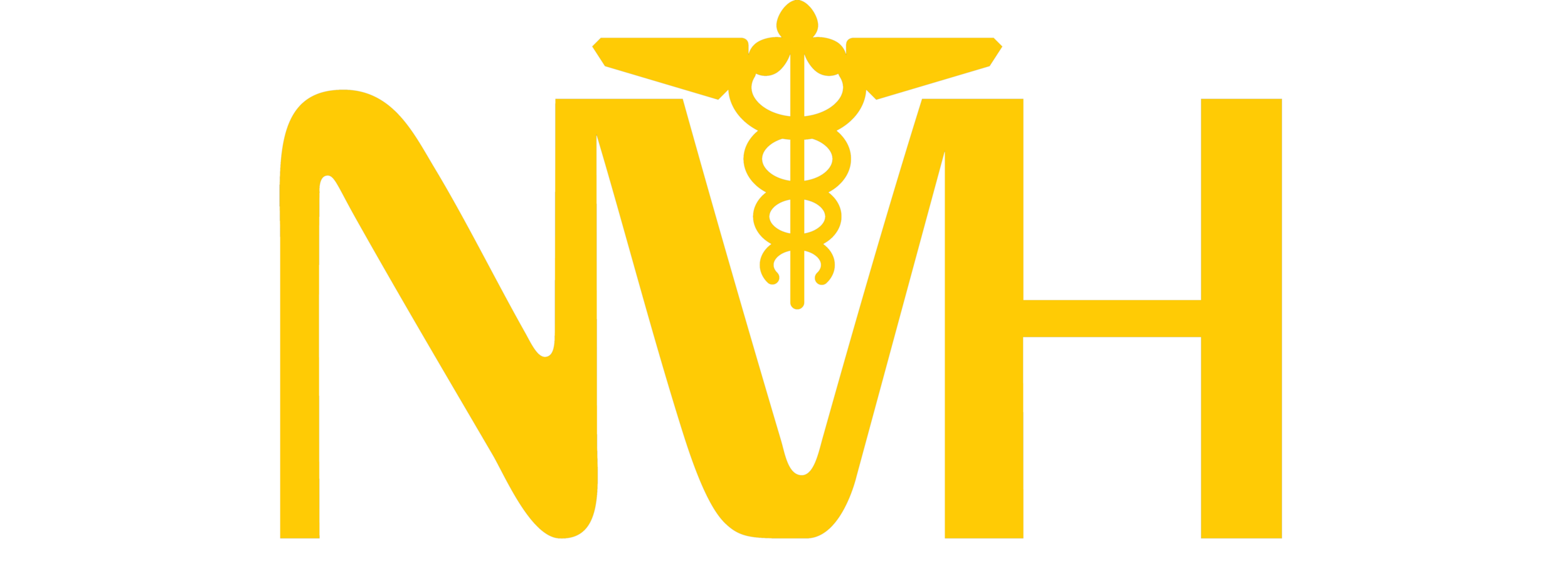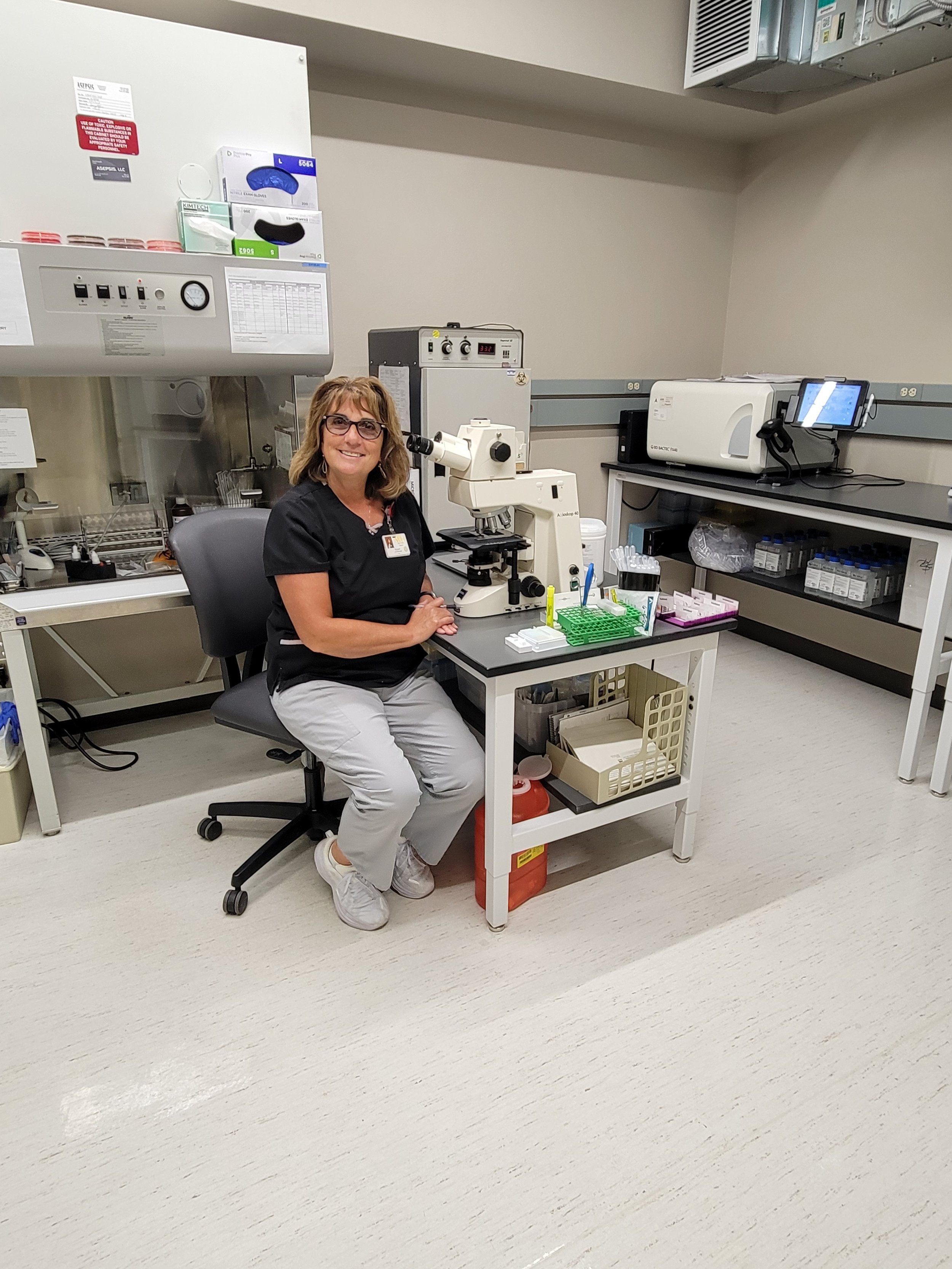The following article appeared in the Spring edition of the NVH Newsletter. It discusses the history of Respiratory Care, reflections from Ken's career, and a highlight of his recent accomplishment.
A History of Respiratory Care – Nationally and Here at North Valley Hospital
By Phil Gleason:
For many of us, when we think of the health care provided by North Valley Hospital, we think of doctors and nurses. Rarely do we recall the ancillary staff that the doctors and nurses depend on for diagnosis, treatments, and to implement the plan of care.
Respiratory Care is relatively new to the collection of ancillary departments, with its infancy traced back to “oxygen orderlies”, or the staff managing the potentially dangerous tanks of O2 in the early days. And O2 is a drug, and training individuals in its safe administration would have value. Thus begins the training for what is to become the field of respiratory care.
In Chicago, 1943, Dr. Edwin R. Levine began an “inhalation therapy” program using on the job trainees to assist with post-surgical patients. In 1946, a group of Dr. Levine’s students and others formed the “Inhalation Therapy Association” (ITA) and the first hospital-based department was formed.
The ITA evolved considerably into what is now the AARC (American Association of Respiratory Care), with the standards of care of a respiratory therapist much more defined. In 1960 the American Registry of Inhalation Therapists (ARIT) was formed, leading to a formal credential process for those in the field. This credentialing body evolved into the National Board for Respiratory Care (NBRC.) The NBRC developed two main levels of training and college education standards: certified respiratory technician (CRT) and registered respiratory therapist (RRT). CRTs are similar to LPNs in educational requirements, RRTs are similar to RNs.
Ken Radford, our Respiratory Therapist here at North Valley Hospital, was born in Seattle in 1956, the youngest of 5 boys.
Growing up in Central Seattle provided an ethnic diversity to his childhood; “A really cool upbringing.” He graduated from Franklin High School in 1975, which provided a rich interracial experience. Ken continued his education at Seattle Central Community College taking a variety of classes including welding, music, and accounting. Still looking for direction, an older brother, Ric, a Respiratory Therapy Department head, suggested Ken consider becoming an RT. Ken thought that was a good idea “until I figure out what I want to be when I grow up”. After 40 years in the field, jokingly Ken says, “I guess I never grew up.” In any case, Ken entered the respiratory therapy program at Seattle Central Community College.
Ken began his career working at Northgate Hospital in North Seattle in 1981. A year later (as was the requirement back then) he took and passed his certification exam in 1982. A few years later that facility was purchased by Northwest Hospital. Ken gained about 15 years of high-quality experience in those facilities, including much of his time spent in very active ICUs, where taking care of 2-4 ventilator patients per shift was common. While still working at Northwest Hospital, he and Corina started dating. They soon got married, lived in Mountlake Terrace and had two kids.
They later moved to Wenatchee and had another child. Because pay was better in Seattle, Ken continued to work at NW Hospital. Working three days a week, he would stay at his mom’s, and commute back to Wenatchee. Ken would joke: “I was 35 years old, married, three kids, two dogs, and a cat and owned my own home, but I still lived with my mom.”
Looking to eliminate the commute, Ken checked out a job in Chelan. While at the hospital, he heard of a similar job via the same company at the Tonasket Hospital. “Where’s Tonasket,” he remembers asking.
Ken and Corina decided to make the move to a more rural existence. He was hired as a “rent-a-tech” in the hospital. John Barnhart, was working at NVH at the time. The two of them split the week.
Ken later did homecare for a while, but when Barnhart wasn’t available, the Hospital would call Ken. He would have to tell them he wasn’t available. Later arrangements lead to Ken’s return to NVH. The company Ken worked for got bought out and they stopped providing therapists. Ken went to administration and said, “I’m out of a job and you’re out of a therapist, do you want to hire me,” which they did. When Barnhart left the area, Ken picked up the slack and began call 24/7. For a while RT call was done by the nurse anesthetist, but Ken is again on call 24/7.
“That must have been difficult during this pandemic?” I asked. I saw an expression cross Ken’s face that I’ve seen on other’s when asked about Covid’s impact on them. It is as if language cannot convey their emotion. It’s difficult for them to articulate the feeling when all the hospital beds are full, every gurney in the ER holds a patient, and another car pulls up with someone gasping for breath.
“The pandemic changed everything,” he said. For example, “how safe was it to give nebulized treatments?” Would the aerosol spray the virus throughout the room? Policies and procedures had to be written. Then there were patients who didn’t take the pandemic seriously, who didn’t believe it was real or who refused to take precautions. Ken saw it as a health care issue. When the Delta hit, it got worse. There were really sick individuals who needed intubation and ICU care. But every hospital in the state was full. “We had to up our game. We had to re-think everything and adapt.” Ken credits the hospital administration for setting up a task force to handle this volatile, fluctuating, and dangerous situation. Complementing the task force, Ken says he felt safer in a Covid room than he did walking into Walmart.
After talking with Ken, one is impressed with how much he really enjoys his work. During the years as a CRT in a rural setting, there were few online learning options, and with family and other commitments, completing the requirements to sit for a Registry exam was difficult. But, after four decades of working in the profession, Ken was able to go back to school online and take the classes required to be eligible to sit for the Registered Respiratory Therapist (RRT) exams. This credential required an additional 60 hours of coursework, passage of a four-hour "Therapist Multiple Choice Exam" followed by a Clinical Simulation Test covering chronic airways disease, trauma, cardiovascular, med/surg, pediatric, and neonatal clinical situations. Given his knowledge, experience, and years working in the profession, Ken wanted to obtain the right initials behind his name to better reflect it. He now holds those credentials and is working on a handbook of Respiratory Care for nurses.
A lot of small critical access hospitals don’t have an RT department. It goes without saying; we should acknowledge the importance and heroics of this profession during these difficult and challenging times.












































